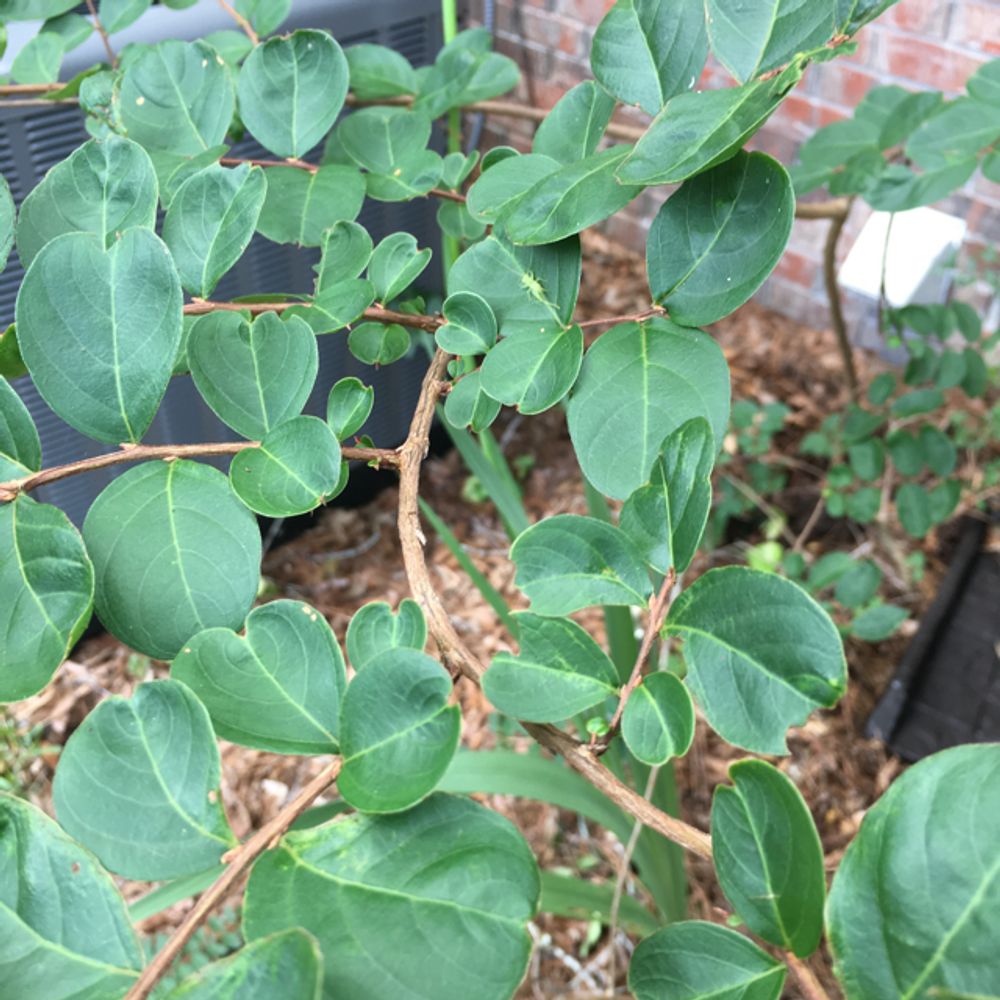Crape myrtles
(Lagerstroemia)

Description
Lagerstroemia plants, commonly known as crape myrtles or crepe myrtles, are deciduous trees or shrubs that are native to Asia, Australia, and parts of Oceania. These plants are widely grown for their attractive flowers, which bloom in shades of pink, red, purple, and white during the summer months. In addition to their ornamental value, Lagerstroemia plants also offer a range of medicinal benefits and are used in traditional herbal medicine. This article will explore the history, taxonomy, morphology, cultivation, and uses of Lagerstroemia plants. History of Lagerstroemia Plants The first recorded use of Lagerstroemia plants dates back to the Tang Dynasty in China (618-907 AD). It was during this time that crape myrtles were introduced to Japan, where they became popular ornamental plants. In the 18th century, crape myrtles were brought to Europe by botanist Carl Peter Thunberg, who named the genus after his friend, Swedish botanist Magnus von Lagerstroem. Taxonomy of Lagerstroemia Plants Lagerstroemia plants belong to the Lythraceae family, which includes around 600 species of flowering plants. The genus Lagerstroemia contains around 50 species, which are distributed throughout Asia, Australia, and Oceania. The most commonly cultivated species of Lagerstroemia are Lagerstroemia indica and Lagerstroemia speciosa. Morphology of Lagerstroemia Plants Lagerstroemia plants are typically small to medium-sized trees or shrubs, with a rounded or vase-shaped growth habit. They have smooth, peeling bark that is often mottled with patches of gray, brown, and tan. The leaves of Lagerstroemia plants are simple, with a glossy, dark green surface and a lighter underside. The leaves are arranged alternately along the branches and are typically elliptical or ovate in shape. The flowers of Lagerstroemia plants are produced in large clusters at the tips of the branches. The flowers have crinkled petals that are crepe-like in texture, hence the common name "crepe myrtle." The flowers come in a range of colors, including pink, red, purple, and white, and are often fragrant. The fruit of Lagerstroemia plants is a small, dry capsule that splits open when ripe, releasing numerous tiny seeds. Cultivation of Lagerstroemia Plants Lagerstroemia plants are easy to grow and are tolerant of a range of soil types and climatic conditions. They prefer a well-drained soil and full sun, but can also grow in partial shade. Lagerstroemia plants are generally cold hardy to USDA zone 7, but some cultivars are hardy to zone 6 or even zone 5. Propagation of Lagerstroemia plants can be done through seeds, cuttings, or layering. Seeds should be sown in the spring or fall, and cuttings should be taken in the summer. Layering involves bending a branch down to the ground and covering a section of it with soil, where it will eventually form roots and can be separated from the parent plant. Lagerstroemia plants are often pruned to maintain a desired shape or size. Pruning is typically done in the late winter or early spring, before new growth begins. In addition to pruning, Lagerstroemia plants may also require regular fertilization and watering during periods of drought. Uses of Lagerstroemia Plants Lagerstroemia plants are primarily grown for their ornamental value, as they offer a spectacular display of color during the summer months. They are often planted as specimen trees or used in groupings to create a mass of color.
Taxonomic tree:







